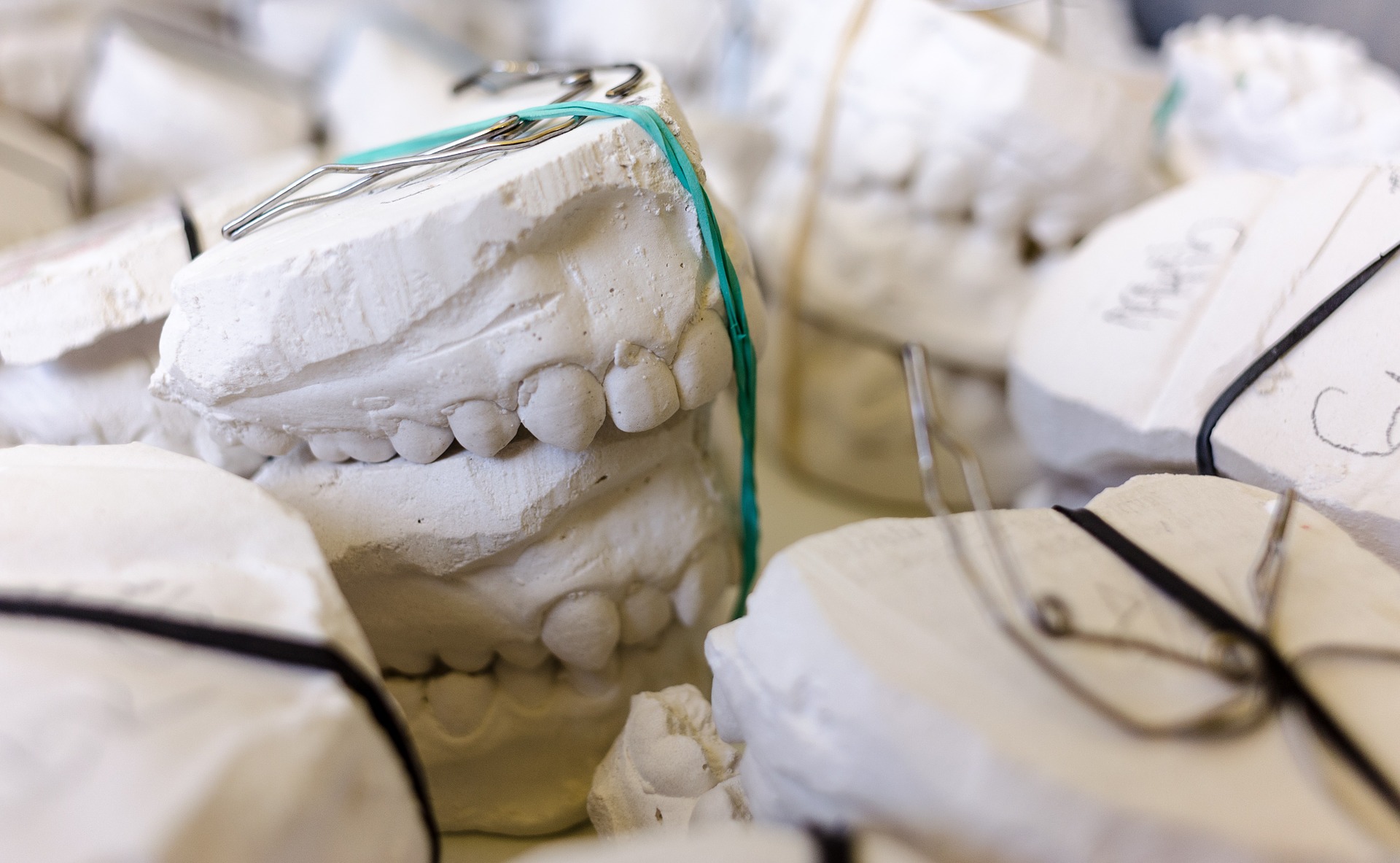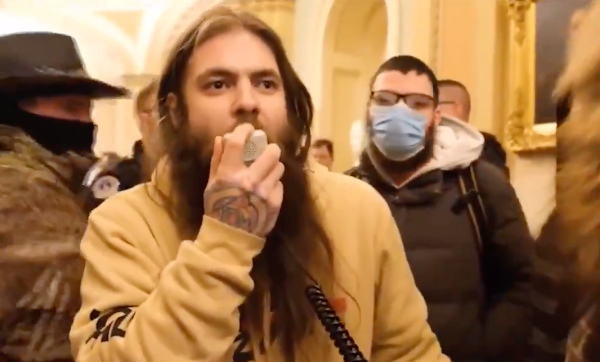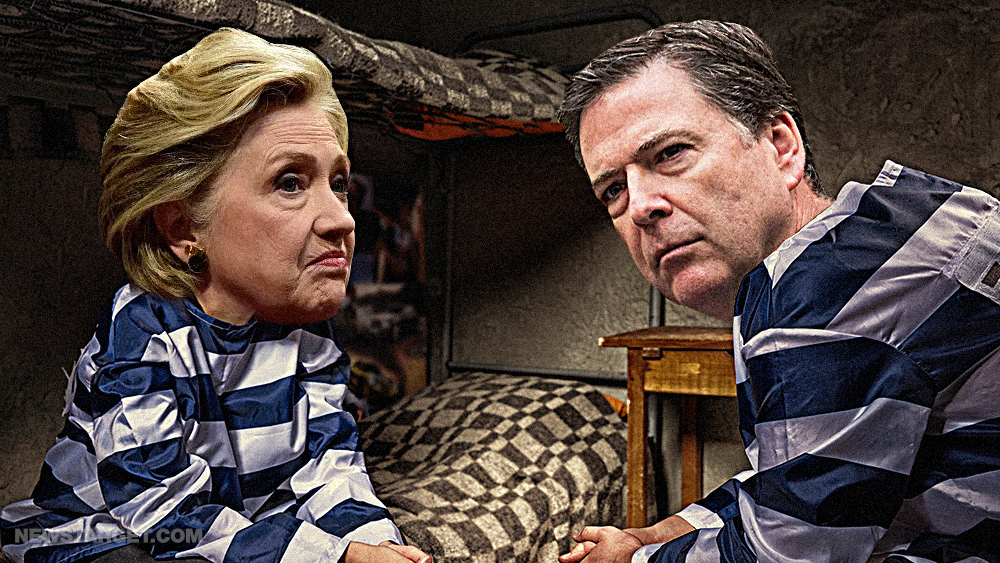The FBI’s revelations about what they discovered during their investigation of Hillary Clinton’s private email server has caused The Washington Post Fact Checker to revisit its previous column on her claims, leading to the increase from two Pinocchios to four.
(Article by Don Irvine)
In August 2015 The Fact Checker wrote:
“Clinton’s very careful and legalistic phrasing raises suspicions. She refers to ‘classified material,’ which could be code for documents, leaving open the possibility of ‘classified information’ having been received. She also says she ‘did not receive any material that was marked or designated classified,’ which of course leaves open the possibility of receiving classified information that was not correctly marked. The Miliband e-mail is now labeled by the State Department to contain classified information, unfit for public disclosure. That holds true for other information that Clinton and her aides routinely exchanged over an unsecure network. The question thus turns on whether Clinton should have at the time recognized that this information could be deemed as classified and should have taken better steps to protect it. At The Fact Checker, we judge statements through the perspective of an ordinary citizen. The classification rules are complex but, legal technicalities aside, the question is whether classified information was exchanged over her private e-mail system. Never mind the IG’s concerns. According to the State Department redactions of the released e-mails, the answer is yes.”
After FBI Director James Comey’s press conference about the agency’s findings, The Fact Checker revised its previous conclusion:
“[Update, July 5, 2016: FBI Director James Comey announced on July 5 his agency will not recommend criminal charges against Clinton for her use of private email server. However, he said out of 30,000 emails that Clinton returned to the State Department, 110 emails in 52 email chains were found ‘to contain classified information at the time they were sent or received’ — a contradiction to Clinton’s original, technical wording about whether or not classified materials were in her emails. Eight of the chains contained information that was ‘top secret’ at the time they were sent. Thirty-six chains contained ‘secret’ information. Eight contained ‘confidential’ information, the lowest classification.
Another 2,000 emails were ‘up-classified’ (emails that have reason to be classified now, even if they were not classified at the time they were sent), Comey said.
Moreover, Comey directly contradicted Clinton’s claim that she did not send or receive materials ‘marked’ classified:
‘Separately, it is important to say something about the marking of classified information. Only a very small number of the e-mails containing classified information bore markings indicating the presence of classified information. But even if information is not marked ‘classified’ in an e-mail, participants who know or should know that the subject matter is classified are still obligated to protect it.’
In light of this information, we update the original Two Pinocchio rating to Four Pinocchios.”
The FBI may have let Clinton off the hook legally, but at the same time they confirmed the suspicions of many people that she lied about her use of a private email server. They also branded her as ‘extremely careless.’ Neither of those are qualities that voters look for in a president.
Read more at: aim.org
Submit a correction >>





















